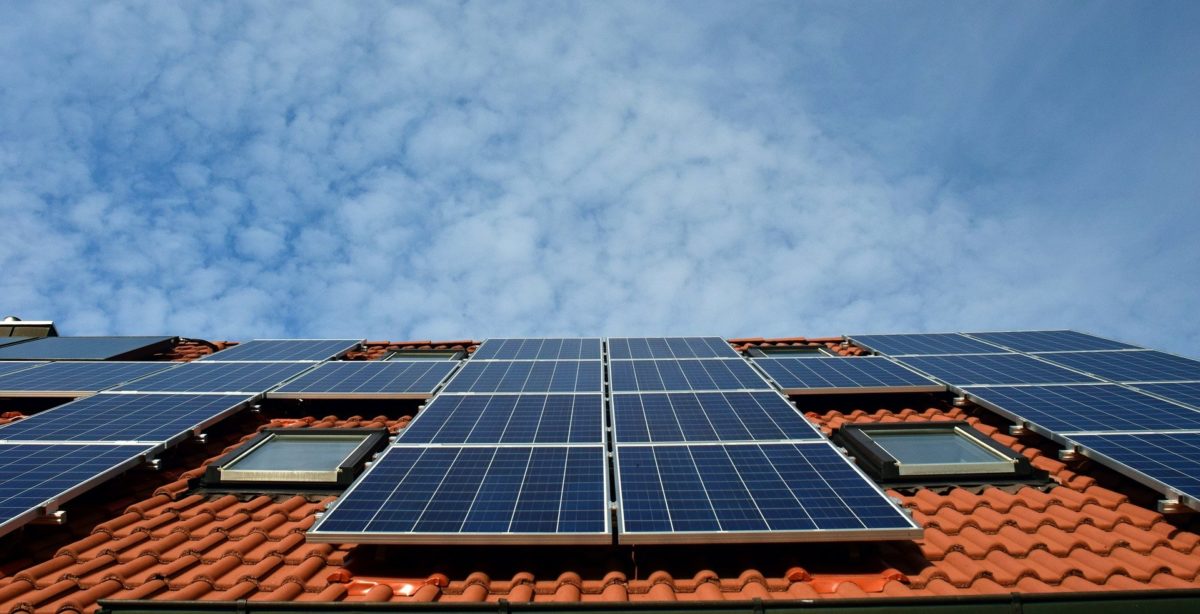So PG&E is operating cheap to increase their profit. Their old and poorly maintained equipment fails in a wind storm and starts a fire. And now they get to bill their customers more to pay for the damages they caused, while shutting off power to those customers. Hmmm. Does anyone else see a problem with this?
My January 2022 bill from So Cal Edison came with new higher rates as well. My off peak went from 20 cents to 30 cents, and on peak went from 40 cents to 49 cents. Those are a huge increase. 50% and 22.5% over what they were last year. But by adding the cost there, it is actually making my solar panels worth more. Just think about it. Every kilowatt my panels make is now worth 50% more to not have to buy the power from them. So even if every bit of energy I make is off peak, my 8 megawatt hours I made in one year is now $2,400 worth of electricity. That just dropped the payoff of my solar back under 8 years.
And the DC panels I want to add, which will make the power I use during peak rat, is now going to be generating 49 cent power. It is a smaller system, only 2,500 watts or so. So let's say it will make 1/3 of the power (it should do better, even with battery charging losses) but that's still 2,700 kilowatt hours at 49 cents is over $1,300 USD. If I want this added gear to pay off in 5 years, that gives me a budget of over $6,000 to spend on DC charging my battery bank.
What is going to mess this up is when they start to impose non energy charges. I really do not see how they can justify charging people for just having solar panels. That just needs to go away. But if they charge the rate structure, I can see something like this... Drop the price per kilowatt hour in half, for all customers, but then charge half of an average electric bill for a non solar user in "Grid maintenance charges". What that does is non solar customers pay the same, and even someone making all of their own power still has to pay half even if they never use a single watt hour. I can see some form of that passing, but they will need to be very careful how they word it to make sure it does not throw red flags. I would not object to a moderate fixed charge for keeping the grid available. But it can't be totally put on just solar customers.
And then there is the big debate about wholesale vs retail rate for energy pushed back to the grid. As much as I like getting full retail credit, I can see where this is not fair to the grid operator. Let's be honest, they do not pay any other source at those rates for electricity going to the grid. Going to 25% credit seems a bit low, but not totally out of line either. I think this will push more people to install storage, and make companies work on better time of use management software to allow solar plus storage customers to truly self consume all of our energy we produce. Who cares if they won't pay us for exported energy, if we never export any? Ideally, I want to store all the excess, and then use it all night, and basically run off grid unless my production falls short.



